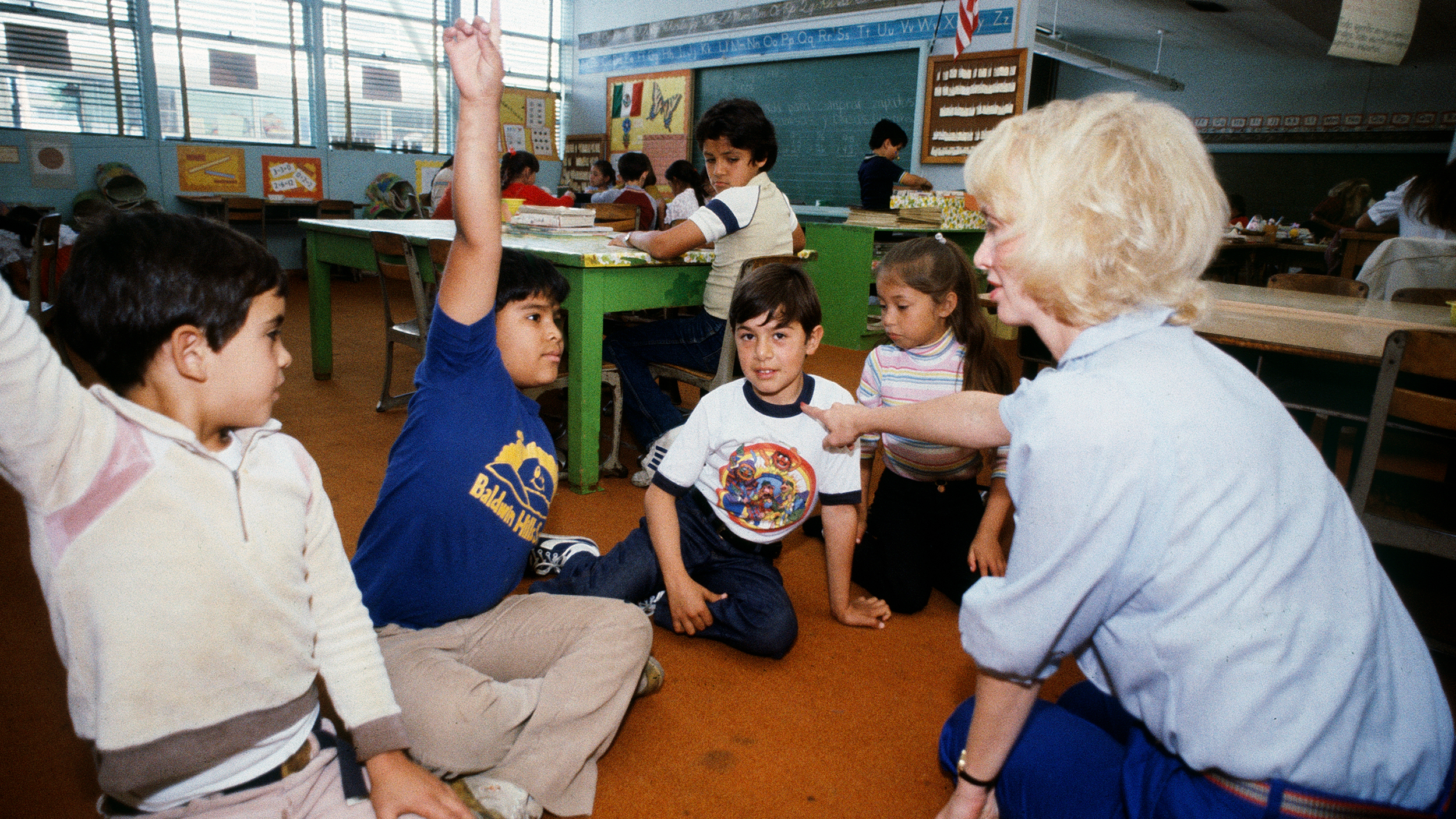Different Languages Express Emotion Differently

What’s the Latest Development?
In bilingual societies, people frequently switch between languages, particularly in emotional situations. Researchers from the University of California, Berkeley and Bard College say that such code-switching is a strategy to express emotions differently, particularly when communicating with children. “Bilingual parents may use a specific language to express an emotional concept because they feel that language provides a better cultural context for expressing the emotion. For example, a native Finnish speaker may be more likely to use English to tell her children that she loves them because it is uncommon to explicitly express emotions in Finnish.”
What’s the Big Idea?
Language is closely related to emotional expression because words allow speakers to articulate, conceal, or discuss feelings. Thus the language a parent chooses to express their emotional state, or discuss emotional situations, can influence the emotional development of their child. The findings of recent research “may be particularly useful in the development of intervention programs for immigrant families, helping intervention staff to be aware of how the use of different languages in various contexts can have an emotional impact.” Implications of emotion-related code-switching may also be extended to marital interactions.
Photo credit: Shutterstock.com





